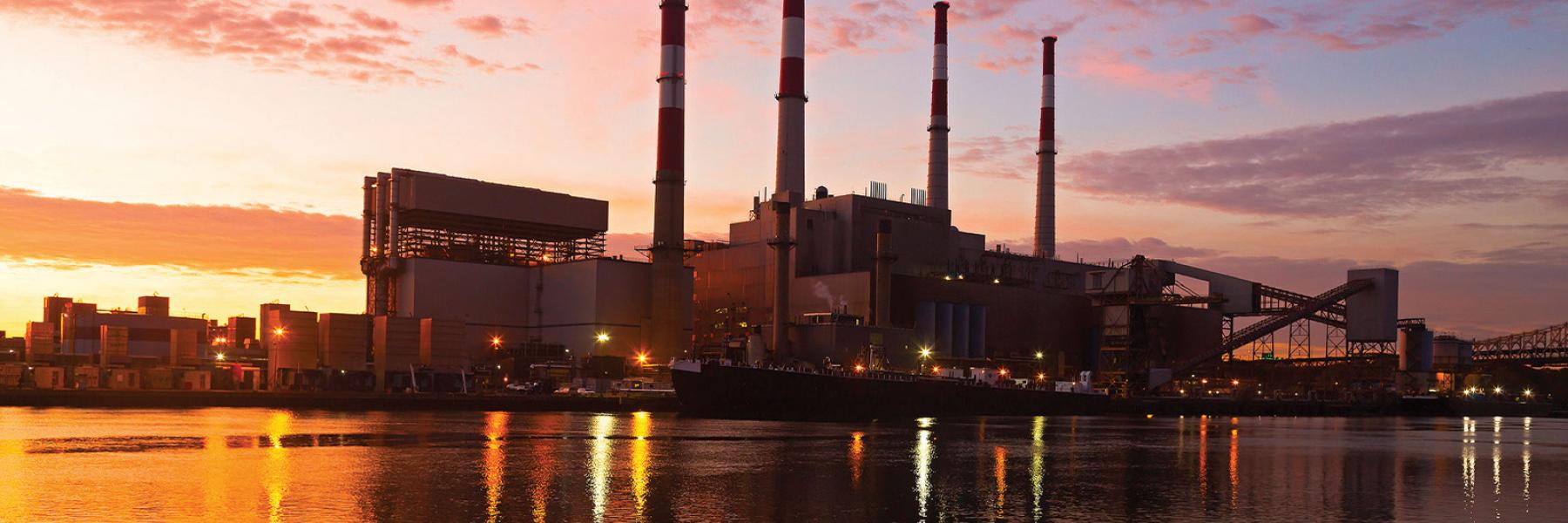
Energy Sector
Sector Details
The U.S. energy infrastructure fuels the economy of the 21st century. Without a stable energy supply, health and welfare are threatened and the U.S. economy cannot function. Presidential Policy Directive 21 identifies the Energy Sector as uniquely critical because it provides an “enabling function” across all critical infrastructure sectors. More than 80 percent of the country's energy infrastructure is owned by the private sector, supplying fuels to the transportation industry, electricity to households and businesses, and other sources of energy that are integral to growth and production across the nation.
Overview
The energy infrastructure is divided into three interrelated segments: electricity, oil, and natural gas. The U.S. electricity segment contains more than 6,413 power plants (this includes 3,273 traditional electric utilities and 1,738 nonutility power producers) with approximately 1,075 gigawatts of installed generation. Approximately 48 percent of electricity is produced by combusting coal (primarily transported by rail), 20 percent in nuclear power plants, and 22 percent by combusting natural gas. The remaining generation is provided by hydroelectric plants (6 percent), oil (1 percent), and renewable sources (solar, wind, and geothermal) (3 percent). The heavy reliance on pipelines to distribute products across the nation highlights the interdependencies between the Energy and Transportation Systems Sector.
The reliance of virtually all industries on electric power and fuels means that all sectors have some dependence on the Energy Sector. The Energy Sector is well aware of its vulnerabilities and is leading a significant voluntary effort to increase its planning and preparedness. Cooperation through industry groups has resulted in substantial information sharing of best practices across the sector. Many sector owners and operators have extensive experience abroad with infrastructure protection and have more recently focused their attention on cybersecurity.
Sector-Specific Plan
The Energy Sector-Specific Plan details how the National Infrastructure Protection Plan risk management framework is implemented within the context of the unique characteristics and risk landscape of the sector. Each Sector Risk Management Agency develops a sector-specific plan through a coordinated effort involving its public and private sector partners. The Department of Energy is designated as the Sector Risk Management Agency for the Energy Sector.
Sector Resources and Working Groups
Energy Sector Working Groups
View the agendas for the Energy Sector working group meetings conducted under CIPAC from 2021 to present.
Department of Energy
Additional resources are available on the Department of Energy website




